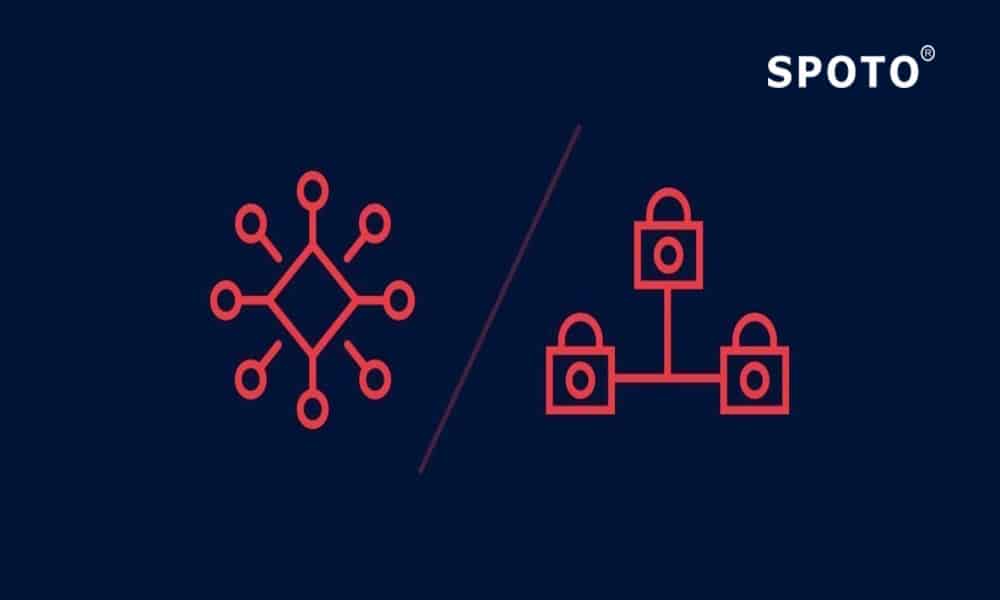Introduction to MPLS L2VPN Pseudowire
 In this article, we would be discussing the Multiprotocol Label Switching (MPLS) based L2 Virtual Private Network (L2VPN) pseudowires. We would be discussing the signaling of the pseudowire and packet analysis in Cisco IOS, IOS-XE in order to illustrate the behavior. Also, if you wish to make a good career in the field of IT Department, you could do it by gaining the courses, which are being offered at the SPOTO.
Why do we need the L2VPN needed?
In this article, we would be discussing the Multiprotocol Label Switching (MPLS) based L2 Virtual Private Network (L2VPN) pseudowires. We would be discussing the signaling of the pseudowire and packet analysis in Cisco IOS, IOS-XE in order to illustrate the behavior. Also, if you wish to make a good career in the field of IT Department, you could do it by gaining the courses, which are being offered at the SPOTO.
Why do we need the L2VPN needed?
- It allows SP to have a single infrastructure for both IP as well as legacy services.
- It provides Migrate legacy ATM and Frame Relay services to MPLS/IP core with no interruption to existing services.
- It provides provisioning new L2VPN services which are incremental (not from scratch) in existing MPLS/IP core
- It provides Capital as well as Operational savings of converged IP/MPLS network.
- SP also provides new point-2-point or point-2-multipoint services. The customer could have their own routing, security mechanisms, QoS policies, etc.
- L2VPNs are built with Pseudowire (PW) technology
- PWs provide a common intermediate format to transport multiple types of network services over a Packet Switched Network (PSN) – a network that forwards packets – IPv4, IPv6, MPLS, Ethernet
- PW technology would also provide Like-to-Like transport and also Interworking (IW)
- Frames that are received at the PE router on the AC are encapsulated and sent across the PSW to the remote PE router.
- The egress PE router receives the packet from the PSW and removes their encapsulation.
- The egress PE extracts and forwards the frame to the AC
- PW is a connection between two PE devices which connects two ACs, carrying L2 frames
- Any Transport Over MPLS (AToM) is Cisco’s implementation of VPWS for IP/MPLS networks.
- Attachment Circuit (AC) is the physical or virtual circuit attaching a CE to a PE, can be ATM, Frame Relay, HDLC, PPP and so on.
- Customer Edge (CE) equipment perceives a PW as an unshared link or circuit
- A TLDP session amid the PE router signals the Pseudowire.
- A T-LDP session between the PE routers is to advertise the VC label that is associated with the PSW.
- This label would be advertised in a label mapping message so as to use the downstream unsolicited label advertisement mode.
- VC label advertised by the egress PE to ingress PE for the AC over the TLDP session. # VC Label by TLDP
- Tunnel label would be able to advertise for the egress PE router to the ingress PE by LDP. # Tunnel Label by LDP
Recommended Reading:
- How Would I Prepare for the CCIE Wireless Lab Exam in a Short Span of Time?
- What is the future of a Cisco Certified Network Professional?
- The Importance of Earning Continuing Education Units in Today's Job Market
- Becoming a Cisco Security Expert: A Guide to CCNP Security Certification
- Mastering CCNP Enterprise (300-410 ENARSI) Exam: Comprehensive Preparation Guide